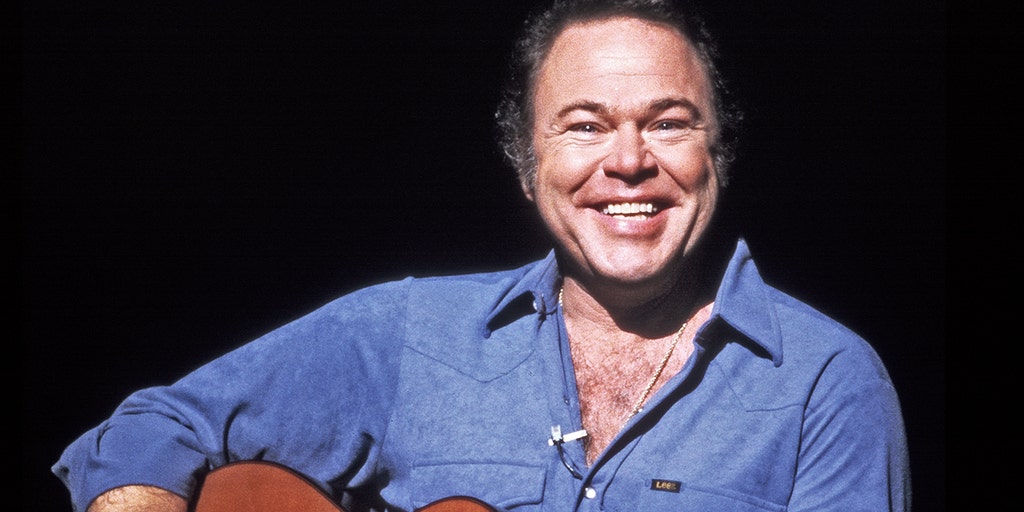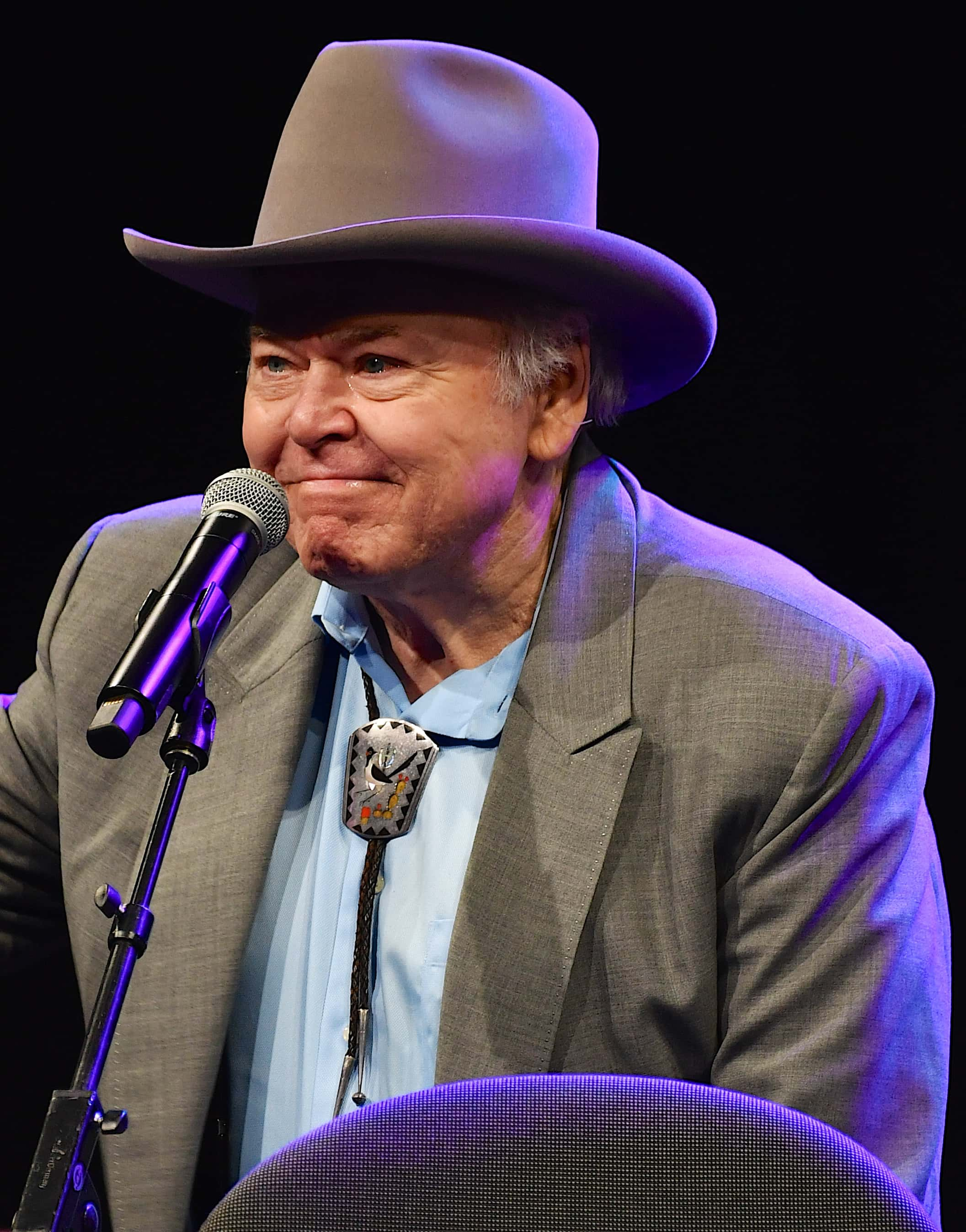When Roy Clark passed away on November 21, 2018, the world lost a true country music icon. But beyond his legendary status, have you ever wondered about Roy Clark net worth at death? The man who brought us hits like "Thank God and Greyhound" and "Yesterday, When I Was Young" left behind an impressive legacy—not just musically, but financially too. Let me break it down for ya, folks.
Roy Clark wasn't just another face in the crowd; he was one of those rare artists whose influence spanned generations. From performing on "Hee Haw" to headlining concerts around the globe, this guy had a knack for connecting with people through his music. But what most fans don’t know is how well he managed his earnings over the years—and that’s where things get interesting.
Before we dive deep into the numbers, let's take a moment to appreciate Roy Clark's journey. This Oklahoma-born musician started out playing guitar at just 14 years old and never looked back. His dedication to his craft paid off big time, earning him not only fame but also a solid fortune. So, buckle up as we explore the financial side of this country superstar's life.
Read also:Melissa Mccarthys Kinder A Closer Look At Her Family Life And Journey
Early Life and Career Beginnings
Roy Clark wasn't born with a silver spoon—he worked hard to build his career from the ground up. Growing up in a small town in Oklahoma, he fell in love with music early on. By the time he hit his teens, Roy was already performing locally, setting the stage for his future success. His first big break came when he joined the Grand Ole Opry in 1955, which opened doors to national recognition.
During these early years, Roy honed his skills as both a singer and instrumentalist. He became known for his versatility, playing multiple instruments with ease—a trait that set him apart from many of his contemporaries. As his popularity grew, so did his earning potential, laying the foundation for his eventual wealth.
Biography of Roy Clark
Before we delve deeper into Roy Clark net worth at death, let's paint a clearer picture of the man behind the music. Below is a quick rundown of his personal life and career milestones:
| Full Name | Roy Linwood Clark |
|---|---|
| Birthdate | April 15, 1933 |
| Place of Birth | MMountain View, Oklahoma |
| Death Date | November 21, 2018 |
| Occupation | Singer, Songwriter, Guitarist, Banjo Player |
| Notable Works | "Thank God and Greyhound," "Yesterday, When I Was Young," "Hee Haw" TV Show |
As you can see, Roy wasn't just a musician—he was a multi-talented entertainer who left an indelible mark on the world of country music. Now, let's move on to the juicy part: his financial legacy.
Roy Clark Net Worth at Death
At the time of his passing, Roy Clark net worth was estimated to be around $15 million. That's no small change, folks! But how exactly did he amass such a fortune? Let's break it down piece by piece.
Music Sales and Royalties
One of Roy's primary sources of income came from his music sales and royalties. Over the course of his career, he released numerous albums and singles that became chart-topping hits. Songs like "Thank God and Greyhound" and "Yesterday, When I Was Young" continue to generate revenue even today, thanks to streaming platforms and licensing deals.
Read also:Why Jasi Bars Are Becoming The Hottest Spot For Nightlife Enthusiasts
Here's a quick list of some of his biggest hits:
- "Thank God and Greyhound"
- "Yesterday, When I Was Young"
- "Tips of My Fingers"
- "The Next Little While"
These songs not only brought joy to millions but also lined Roy's pockets with steady royalty checks.
TV Show and Endorsements
Another significant contributor to Roy Clark net worth was his involvement in the "Hee Haw" TV show. Running from 1969 to 1992, this beloved program became a staple of American television and made Roy a household name. His role as co-host alongside Buck Owens earned him a handsome paycheck, not to mention the exposure it provided for his music career.
In addition to "Hee Haw," Roy also secured several endorsement deals throughout his career. Brands loved associating themselves with his down-to-earth charm and authenticity, further boosting his income.
Live Performances and Tours
Let's not forget about Roy's live performances and tours. This guy was a road warrior, traveling the world to bring his music to fans everywhere. Ticket sales, merchandise, and sponsorships all added up to create a substantial revenue stream for him.
Some of his most memorable tours included:
- The Roy Clark Show
- Country Music Hall of Fame Tribute Concerts
- International Tours Across Europe and Asia
These events weren't just about making money—they were also opportunities for Roy to connect with his audience on a personal level.
Real Estate and Investments
Roy Clark wasn't just a musician—he was also a savvy investor. Over the years, he acquired several properties, including homes in Nashville and Oklahoma. Real estate investments like these helped diversify his portfolio and provide additional income streams.
Besides real estate, Roy also dabbled in other types of investments, such as stocks and bonds. His financial acumen ensured that his wealth continued to grow even after his performing days were behind him.
Philanthropy and Legacy
Despite his wealth, Roy Clark remained grounded and committed to giving back to his community. He supported various charities and organizations, using his platform to make a positive impact on the world. His generosity extended beyond monetary donations, as he often performed at benefit concerts and fundraisers.
Roy's legacy lives on through the Roy Clark Scholarship Fund, which provides financial assistance to aspiring musicians. It's a testament to his belief in nurturing the next generation of talent.
Challenges and Setbacks
No journey to success is without its challenges, and Roy Clark was no exception. Throughout his career, he faced his fair share of setbacks, including health issues and industry changes. However, his resilience and adaptability allowed him to overcome these obstacles and continue thriving.
One notable challenge came in the form of changing musical tastes. As country music evolved, Roy had to find new ways to stay relevant and appeal to younger audiences. His ability to reinvent himself while staying true to his roots is a testament to his artistry and business savvy.
Lessons from Roy Clark's Financial Success
Roy Clark's story offers valuable lessons for anyone looking to build lasting wealth. Here are a few key takeaways:
- Diversify Your Income Streams: Roy didn't rely solely on music sales; he explored TV, endorsements, and investments to create multiple revenue sources.
- Invest Wisely: Real estate and other investments played a crucial role in growing Roy's wealth over time.
- Give Back: Roy's commitment to philanthropy reminds us that wealth is not just about accumulation—it's about making a difference in the lives of others.
These principles are as relevant today as they were during Roy's lifetime.
The Final Chapter
When Roy Clark passed away at the age of 85, he left behind a legacy that extends far beyond his music. His net worth of $15 million is a testament to his hard work, talent, and smart financial decisions. But more importantly, he left behind a body of work that continues to inspire and entertain fans around the world.
So, what can we learn from Roy Clark's life and career? First and foremost, that success is built on a foundation of passion, perseverance, and smart choices. Whether you're an aspiring musician or just someone looking to build wealth, Roy's story offers valuable insights and inspiration.
Call to Action
Now it's your turn to take action! Did you find this article helpful? Leave a comment below and let me know your thoughts. And if you enjoyed reading about Roy Clark's financial legacy, be sure to share this article with your friends and family. Together, let's keep the memory of this country music legend alive for generations to come.



